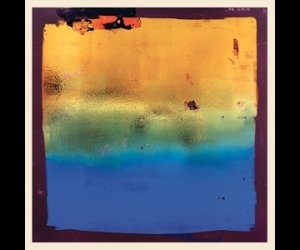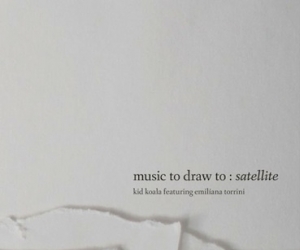
In the early 1960s, Fluxus artist George Maciunas began assembling fluxkits: small boxes containing everyday objects alongside interdisciplinary works by his peers in the movement. These unique collections allowed everyone who opened a package to experience their own art event. During a series of residencies at the Vancouver artist-run centre Western Front, NYC-based saxophonist Darius Jones breathed new life into the fluxkit concept, merging standard musical notation with individual graphic scores for his collaborators to interpret. The resulting album features hard-hitting drummer Gerald Cleaver and a quartet of B.C.-based string players—brothers Jesse and Josh Zubot on violin, cellist Peggy Lee, and bassist James Meger—who deftly dance around each other and coalesce into unexpected formations.
Throughout the album’s four lengthy movements, Jones alternates between gales of skronk and graceful steps back, offering each player their moment to shine. “Zubot” begins with two minutes of Cleaver’s clattering drum rolls, making way for eerie shivers from the titular siblings. Silence becomes a compositional tool as Meger’s isolated bass plucks and gently rumbles, reuniting with a rhythmic pulse as Jones returns to centre stage. This strategy is repeated on “Rainbow,” with drums slamming like file cabinets as the saxophone’s bleats transform into a seductive melody, disappear, then return in the coda.
The closer, “Damon and Pythias,” is both the album’s most mesmerizing and most coherent movement. The sextet unites in a swirling groove punctuated by discordant drops, with sax and drums matching each other in intensity, before the violins take on a gorgeous, regal quality. After Jones resumes his final, wistful wails, the string players fade out as a unit. Like a fluxkit, this fusion of individual approaches is more surprising than the sum of its parts.


